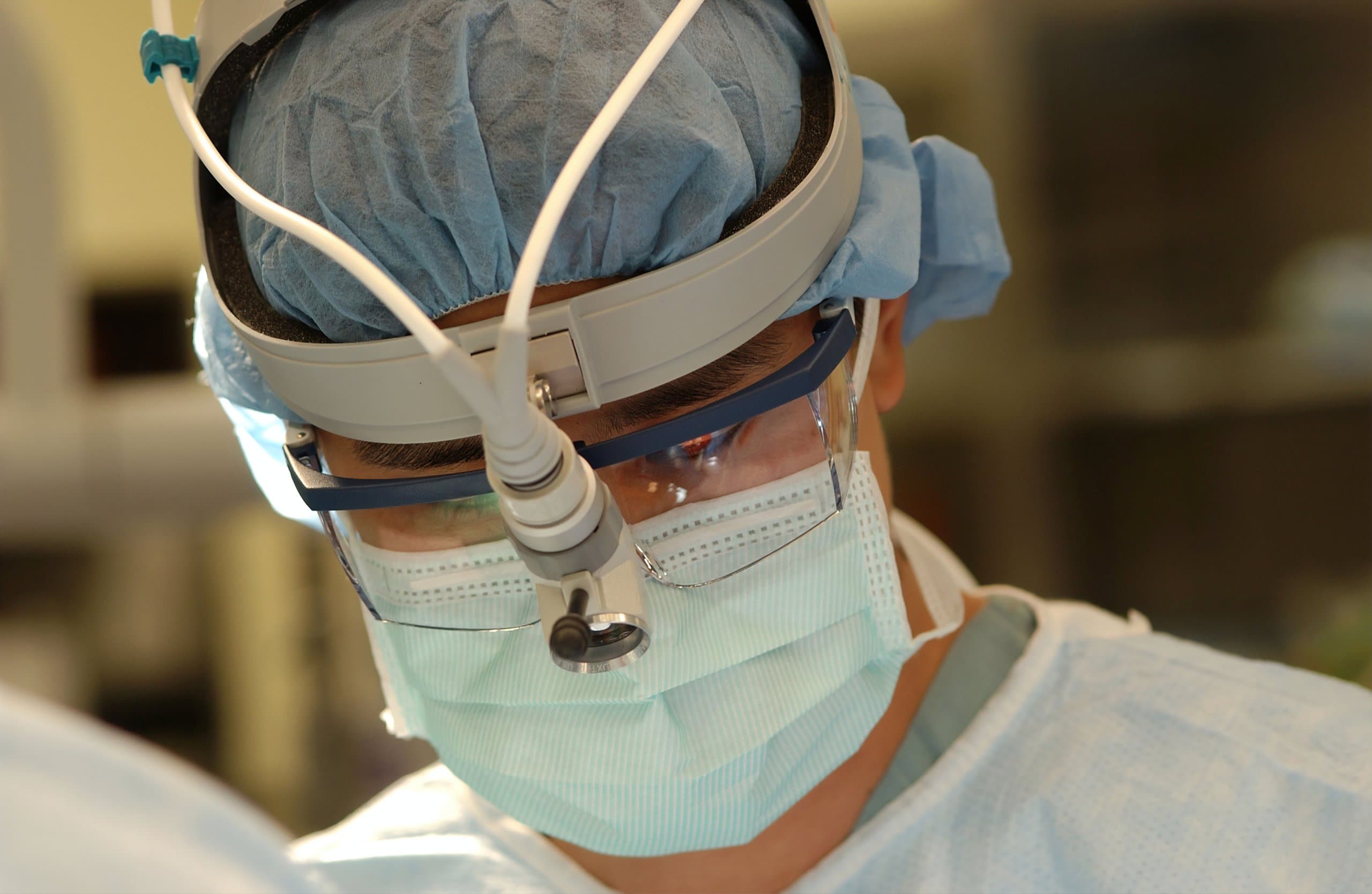What is Anesthesia?
Anesthesia Services
A lot of people get nervous to visit the dentist or an oral surgeon. That’s okay! Any doctor’s goal is to make you as comfortable as possible for any procedure you have. For Oral and Maxillofacial Surgeons (OMS), this includes doing procedures under sedation or anesthesia. There are a few different types of anesthesia that can be utilized for different purposes.
Local anesthesia
Local anesthesia involves numbing a small specific area of the body, typically via a needle. This is used for minor surgical procedures and dental work. OMS use this procedure for biopsies, simple extractions, as well as stitches. The needle injection is applied directly to the target area. There is no loss of consciousness for this procedure, and the patient’s sensory factors to this area are blocked.
Local anesthesia medications include drugs used to temporarily block nerve impulses to result in a loss of sensation. The most common medications used are Lidocaine, Mepivacaine, Bupivacaine, Articaine, and Procaine. Differences in these medications include onset of action (time taken to affect the area) and duration of affect.
Regional Anesthesia
Regional Anesthesia involves numbing a specific area of the body, typically an area a lot larger than one numbed with local anesthesia. Typical use of regional anesthesia is for childbirth or to numb extremities in orthopedic surgeries. This anesthesia is an injection into the epidural space, around individual nerves (peripheral nerve blocks), or into the cerebrospinal fluid. Patients can remain awake for some general anesthesia procedures. OMS do not use regional anesthesia, but are trained on how to administer it.
Regional anesthesia medication typically includes a local anesthetic like those listed above, combined with an adjuvant or additive to enhance their effectiveness or prolong the duration of action. These adjuvants or additives can include epinephrine, clonidine, dexamethasone, and opioids. Specific medications are determined depending on factors such as the onset of action of the drugs, type and duration of the procedure, and the patient’s medical history and allergies.
General Anesthesia
General anesthesia involves loss of both consciousness and sensation throughout the entire body. It can be administered through inhalation (breathing in gasses) or intravenously (through a vein). It is commonly used for major surgeries. OMS use general anesthesia for facial reconstructions, jaw reconstructive (orthognathic) surgery, TMJ procedures, as well as for young children who undergo oral surgery.
The medication involved in general anesthesia includes a combination of drugs to achieve muscle relaxation, unconsciousness, pain relief and amnesia. Intravenous medications can include Propofol, etomidate, and barbiturates; Inhalation medications can include sevoflurane, desflurane, and isoflurane; Other additives for general anesthesia to achieve neuromuscular blocks and pain relief include succinylcholine, non-depolarizing NMBAs, opioids, and benzodiazepines.
Monitored Sedation
Sedation is administering medications to induce a state of relaxation and decreased awareness without causing complete loss of consciousness. Often, it’s used in combination with local or regional anesthesia for minor procedures or tests. Sedation can range from minimal (light) to deep sedation depending on the procedure. Deep sedation allows for the patient to be nearly unconscious but still able to respond to stimulation. This is the most common type of anesthesia used in oral surgery.
Depending on the medical procedure and level of sedation will differentiate which drugs are used by your doctor. For minimal sedation, common medications include benzodiazepines and nitrous oxide (“laughing gas”); moderate sedation uses benzodiazepines and opioids; deep sedation uses Propofol, ketamine, and dexmedetomidine.
Oral Surgery Sedation
Oral Surgeons are qualified to administer anesthesia services due to their 4 year Oral Surgery residency. This education is tailored to the needs of oral and maxillofacial surgery and allows for them to gain both academic education and hands-on experience. At Jackson Oral and Facial Surgery, all of our doctors are certified through the American Board of Oral and Maxillofacial Surgery (ABOMS) and hold licenses for anesthesia procedures through Tennessee Board of Dentistry.
Every day, our surgeons at Jackson Oral and Facial Surgery use both monitored sedation and local anesthesia. In order to keep our patients as safe as they can be during surgery, not only are our doctors trained in anesthesia, but we use Registered Nurses (RN) to administer it. Having an RN in surgery allows the doctor to focus on the treatment while an RN is closely monitoring the vital signs and respiratory function of the patient. This is imperative to ensure patient safety and optimized treatment. Additionally, we use Certified Registered Nurse Anesthetists (CRNSs) to administer any general anesthesia services for larger surgeries when needed.
Every patient has differences in medical history, age, weight, and procedure complexity. All of these factors and more need to be considered by the healthcare provider administering treatment. We want to ensure that not only the procedure goes well, but also that the patient stays safe during surgery.




